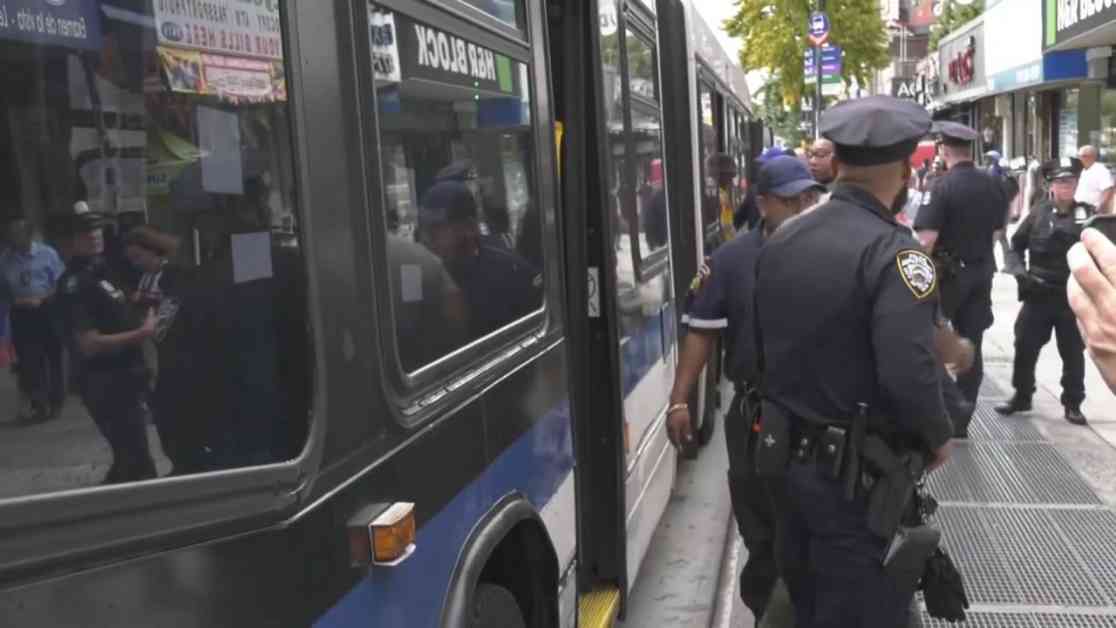Public transportation is an essential part of daily life for many New Yorkers, but fare evasion has been a growing concern for the Metropolitan Transportation Authority (MTA). It’s estimated that the MTA loses nearly $700 million a year to fare evasion, with over $300 million lost on buses alone. This issue was exacerbated during the COVID-19 pandemic when buses were made free, leading to a significant increase in non-payment.
New York City Transit Interim President Demetrius Crichlow addressed the ongoing challenge of fare evasion during a recent agency committee meeting. He acknowledged that the trend of fare evasion has been difficult to control, especially with the practice of allowing passengers to board through the back door during the COVID period. Despite efforts to address the issue, fare evasion on buses has continued to rise, reaching nearly 50% of riders not paying by the end of June 2024.
In response to the alarming increase in fare evasion, the MTA implemented a new enforcement strategy aimed at curbing non-payment and encouraging riders to pay their fares. The initiative included the deployment of unarmed EAGLE Teams in plainclothes on buses to identify passengers who were not paying and ensure they were held accountable for their actions. This increased enforcement effort yielded positive results, with a 4.6% increase in paid rides on routes where fare enforcement was in effect.
The MTA’s efforts to crack down on fare evasion have not only focused on enforcement but also on education and outreach. The agency has utilized digital signage throughout the system to remind riders to pay their fare and has enlisted the help of social media platforms like TikTok to spread awareness about the importance of paying for public transportation. Many riders have taken to TikTok to warn others about the consequences of fare evasion and encourage compliance with the new initiative.
While the increased enforcement measures have been effective in reducing fare evasion and increasing paid rides, some transit advocates have raised concerns about the impact of these efforts on low-income individuals. Danny Pearlstein, director of policy and communications at Riders Alliance, expressed reservations about the initiative, stating that it may disproportionately punish those experiencing poverty. He emphasized the need for a more equitable approach to addressing fare evasion, such as implementing a functional proof of payment system.
In an effort to address concerns about equity, the MTA plans to revise the penalties for fare evasion starting in January. A first offense will result in a warning, while a second offense will carry a fine of $150, an increase from the current $100 penalty. However, individuals who qualify for the low-income discounted fare program, Fair Fares, will have the option to enroll and have their fine forgiven.
Overall, the MTA’s efforts to combat fare evasion through increased enforcement and education have shown promising results in reducing non-payment and increasing paid rides on buses. While there are concerns about the impact of these measures on low-income individuals, the agency is committed to finding a balance between enforcement and equity in addressing fare evasion. As the initiative continues to evolve, it will be important to monitor its impact on ridership and fare compliance to ensure a fair and sustainable public transportation system for all New Yorkers.

